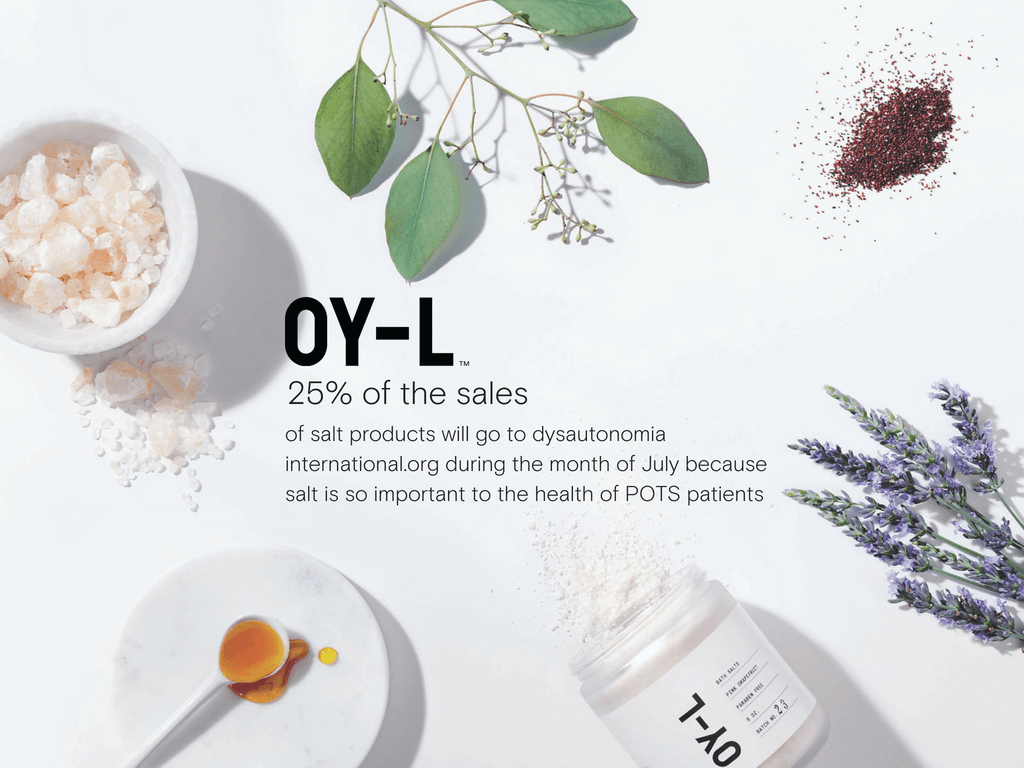Imagine this: You’re the mom of a healthy teenage girl. She grew up playing sports, getting good grades and just started high school. Every day she tells you how her day was, how the football game was that Saturday, and how here classes are going. Then, she says she hasn’t been feeling well. The doctors say it’s mono, but her symptoms are tricky and you can’t quite put your finger on it. It’s not a cold or flu or anything you know. You go to doctor after doctor hoping someone can diagnose her and take away her pain. You take her to the world-renowned Cleveland Clinic where she was the subject of grand rounds with no solution. When this started, you had no idea would we spend the next two years with over ten different doctors with your daughter – just to find a diagnosis. That’s right, two years of waiting rooms, exams, under-informed doctors, misdiagnoses, a heart monitor implanted in your 16 year old’s chest, and more. Only after a tilt table test, where your daughter’s heart stops for 11 seconds is when you get an answer. Postural Orthostatic Tachycardia Syndrome. This is what Andrea Pierce-Naymon and her daughter, Betsy, went through.
So what is Postural Orthostatic Tachycardia Syndrome (POTS)? Betsy Naymon’s symptoms included fatigue, weakness, occasional fainting, and many other concerning indications that something wasn’t right. When you have POTS, your body has to work harder to make sure that blood is flowing to your entire body. Normally, when you stand up, your heart rate will rise 10-15 BPM to account for this. A POTS patient will have her heart rate rise up to 60 BPM to ensure proper blood flow. This sends an emergency signal to your brain, causing fainting or weakness.
While there isn’t a magic pill that cures this syndrome, many POTS patients have learned to manage it. Most POTS patients have to make lifestyle changes to keep them healthy. These changes include adding large amounts of salt to their diet as well as drinking at least two liters a day of water. This helps increase their blood volume to a normal level.
Even though she missed many days of high school due to hospital stays, Betsy graduated with honors and received a merit scholarship to Northeastern University in Boston. In college, she had frequent emergency room visits because of her POTS. She has learned to manage her symptoms, but it is a chronic illness and she lives with it daily. Some days are good, some are not.
The Super Bowl MVP Nick Foles and his wife Tori are perhaps two of the most famous advocates for POTS awareness. In a recent CNN article, they discuss the hardships through the diagnosis and more. Tori was diagnosed with POTS through a quick test, but only after many other doctors told her she was perfectly healthy and had suggested she look into her mental health.
Read the CNN article here.
Andrea Pierce-Naymon founded OY-L in 2016. Andrea is one of those moms who spent years looking for a diagnosis for her daughter. While POTS isn’t a skin condition, she spent two years reading every label of every food her daughter was eating and every product she used on her skin. Everything you eat goes directly into your bloodstream and your skin absorbs about 60% of what you put on it. She created OY-L as a safe skin care line so our customers don’t need to worry about any type of harmful ingredient. As a company founded by women, it doesn’t end there. According to CNN, 80 percent of POTS patients are women. That statistic means most of you reading this blog are more likely than your boyfriend, husband, or brother to be affected.
We encourage you to please read the article, the stories are unsettling. The article tells several misdiagnosis stories. Girls are being told it was puberty, anxiety, or even just an attempt to get attention from their husband.

There’s so much unknown about POTS. With so little known there are many cases that may go undiagnosed. You can learn more by visiting the site http://www.dysautonomiainternational.org/
Vanderbilt University Medical Center (VUMC) and Dysautonomia International have partnered up to conduct the largest study of POTS patients in medical history. To learn more about the survey or to participate, visit: The Big POTS Survey.
For the month of July 2018, we are raising our donation percentage on salt products from 15% to 25%. For every purchase of Cleansing Powder, Body Scrub, or Bath Salts we will donate 25% to Dysautonomia International, the international organization for the category of disease POTS falls into.
Share this post on social media with your thoughts! We’d love to hear what you think.





